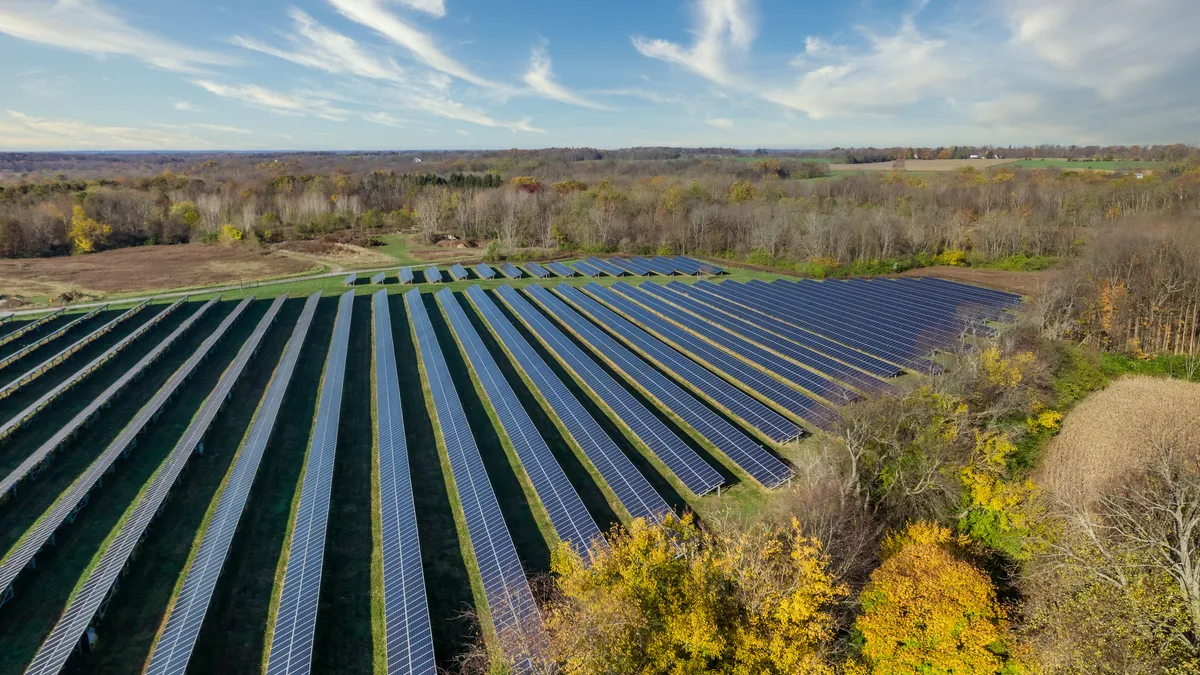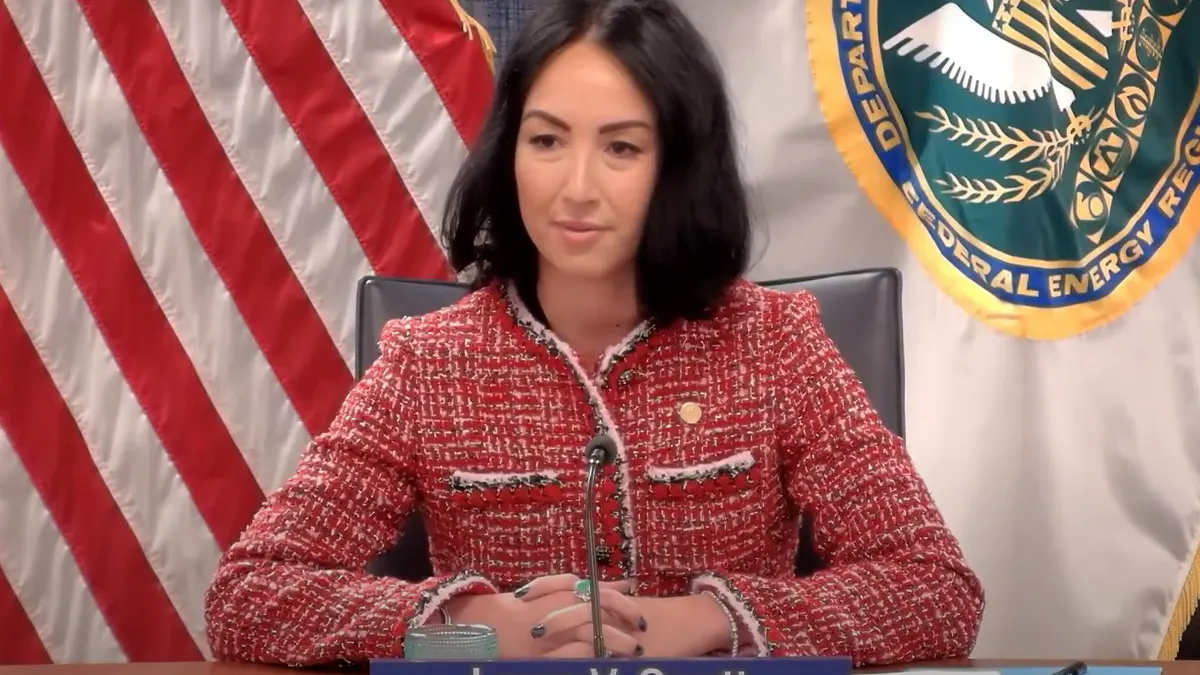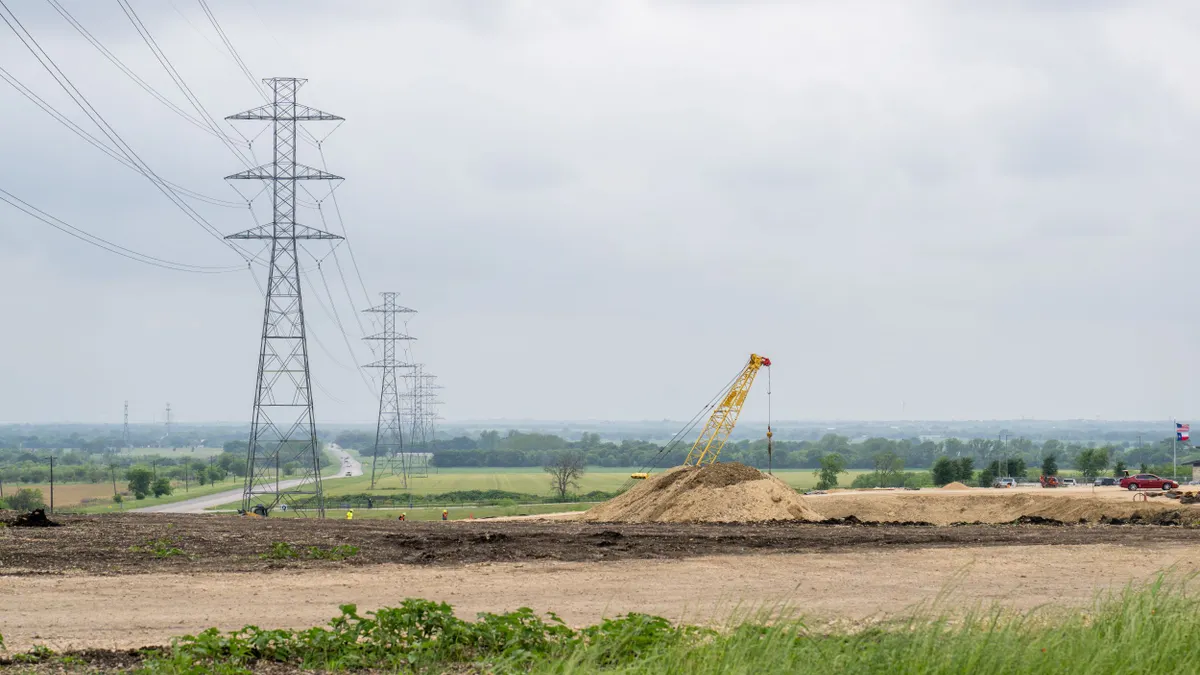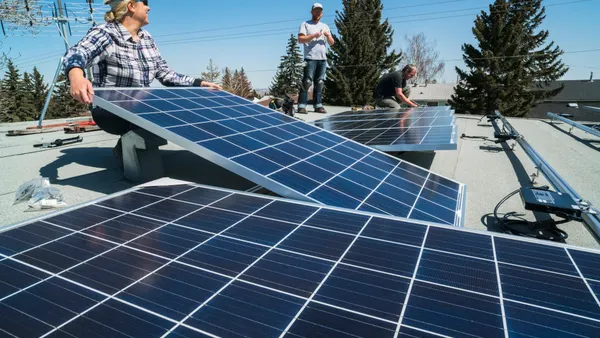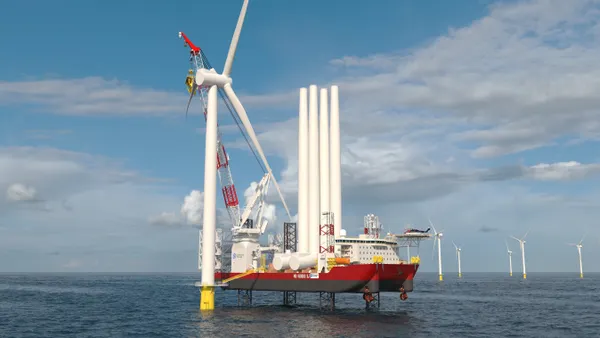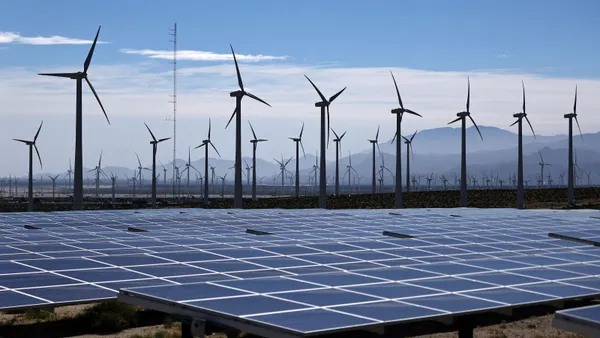Dive Brief:
- A group of 107 state lawmakers on Monday urged the PJM Interconnection to take steps to support the rapid addition of clean energy resources onto the grid to ensure the grid operator has enough power supplies to meet the region’s needs.
- The lawmakers in the National Caucus of Environmental Legislators want action from PJM so that renewable energy developers can take advantage of federal tax credits before they expire, according to Maryland Delegate Lorig Charkoudian, a Democrat who spearheaded the letter to PJM. “We're asking them to work with states and move these projects forward so they can get in under the deadlines for tax credits,” Charkoudian said in an interview Friday.
- PJM should urge the Trump administration to stop hampering clean energy projects, which can be built quickly and would help address the United States’ power supply needs and bolster reliability, according to the lawmakers.
Dive Insight:
PJM has been warning since at least February 2023 that it faces a potential shortfall in power supplies, partly driven by data center development.
In the letter, the lawmakers ask PJM to communicate with federal agencies about the need to support renewable energy as part of an “all-of-the-above” energy strategy that addresses reliability and affordability.
The Trump administration and Congress have taken a range of actions aimed at limiting clean energy resources from coming online despite concerns about a lack of adequate power supplies, and PJM appears to be silent on the issue, Charkoudian said.
“Either we have a resource adequacy issue or we don't — and I believe we do — so we need to be getting all of this energy online as quickly as possible,” Charkoudian said.
Jeffrey Shields, a PJM spokesman, said in an email that PJM has testified to Congress twice this year that it will need all available capacity, including renewable energy, to meet its resource adequacy needs.
The state legislators want PJM to give states more information about projects that are close to finishing their interconnection reviews so states can help ensure the project developers move more smoothly through the siting and permitting process, Charkoudian said.
The lawmakers asked PJM and transmission owners to consider increased reporting on progress on building network upgrades needed to bring projects online. Transmission owner delays for network upgrades account for a quarter of overall project delays in PJM, the legislators said.
“Let's all do everything we can to get these projects built and to get them to start construction before the deadline, so that they can still receive a tax credit, which is going to be beneficial to ratepayers,” Charkoudian said.
The One Big Beautiful Bill Act, passed by Congress last summer, accelerated eligibility deadlines for wind and solar tax credits so that construction on projects must start by July 4, 2026, and the projects must be operating by Dec. 31, 2030. Projects that miss the construction deadline can receive the tax credits if they are online before 2028.
The lawmakers also asked PJM to adopt rules that are under consideration that would add “energy only” interconnection to its current interconnection queue cycle, which they said would enable faster construction and improve access to federal tax credits for renewables.
The legislators also asked PJM to refile a proposal at FERC to make it easier for generators to transfer capacity interconnection rights from a retiring power plant to a replacement generator. FERC rejected an earlier proposal in August. PJM plans to file a new proposal that addresses the agency’s concerns. The state lawmakers the pending filing would enable “seamless replacement” of 3.7 GW of retiring fossil fuel plants through 2027 with resources like renewables and batteries.
The lawmakers also want PJM to immediately adopt interconnection queue reforms mandated by FERC in 2023.
Looking ahead, Charkoudian said Maryland lawmakers may develop legislation for the state’s next legislative session that would direct the Maryland Public Service Commission to study the pros and cons of Maryland leaving PJM.
“I believe in regional transmission organizations,” Charkoudian said. “But I do think at some point — you have a particular regime like PJM as it currently exists, with this stakeholder process and this leadership team that is so damaging — you've got to say, ‘What are the benefits of staying in this as it currently stands?’”
The letter from the state legislators comes a week after governors in the PJM region held the Summit on the State of PJM Interconnection in Philadelphia where they said they wanted a formal role in the grid operator’s governance. Some governors have said they might pull their states from PJM.
PJM contends it has made significant progress on interconnection reform, whittling a 200 GW interconnection queue down to about 46 GW, according to a letter from its board to the Sierra Club and other advocacy groups.
Also, PJM said about 46 GW of projects have signed interconnection agreements, but have not started construction because of issues such as state and federal permitting, supply chain delays and financing. Another 17 GW of potential interconnection agreements are pending.
PJM has taken steps to speed its interconnection process, including through a collaboration with Google/Tapestry that will use AI to streamline PJM’s planning process, the grid operator said. Under a reformed interconnection process that begins next year, PJM expects interconnection reviews will take one to two years to complete.
Editor’s note: This story has been updated to include PJM’s comments.



